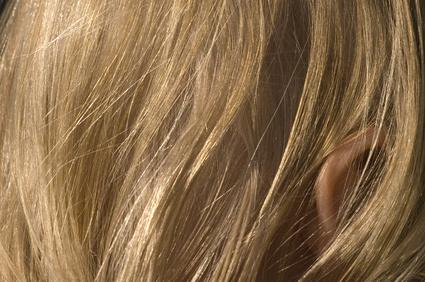After carefully treating your child for head lice, you may have sent her back to school confident that she was parasite free. However, if just a few eggs were missed, you’ll find her hair crawling with lice again in about a week. Worsening the ability to rid children of lice is the increasing resistance that lice now have to decades-old pesticide treatments, which can also be toxic to humans, says W. Steven Pray, professor at the Southwestern Oklahoma State University College of Pharmacy.
Manually Combing the Hair
The LiceMeister Comb, developed by the National Pediculosis Association, is recommended by Pray for manually combing the hair to remove lice. This comb is registered with the Food and Drug Administration (FDA) as a medical device specifically designed for the removal of head lice. According to Pray, the design of this comb has proven in studies to remove head lice more effectively than any other lice comb. To use it, comb small sections of hair from scalp to the end of the hair. The fine teeth of the comb catch any eggs, larvae or adults in your child’s hair. Dip the comb in water to clean the comb between sections. Boil the comb when you have finished or if you need to use it on another child.
Professional Help
If you have tried everything but the lice keeps coming back, you may seek professional help. Across the country, service companies, staffed with lice experts, will remove lice from your child’s hair for you. These companies typically use non-toxic methods, which include the manual combing method and by heating the hair with another FDA-registered medical device known as the LouseBuster. The LouseBuster resembles a large comb. Through the prongs of the comb, heated air radiates to all sections of the head and hair, killing all life stages of the lice. In addition to treating your child, some lice treatment companies may also offer advice for preventing further infestations.
Ulesfia Lotion
Gaining FDA approval in 2009, this prescription lice treatment does not kill the lice by using a toxic substance. Instead, it contains 5 percent benzyl alcohol and kills adult lice by coating them with a thick lotion, eventually suffocating the lice. Since it only kills the adults, a repeat treatment is necessary in seven days. Despite the need for a repeat treatment, it is still considered better than standard pesticide treatments, because it does not contain a neurotoxin and lice should not become resistant to it, says Pray. There is a slight risk of skin and eye irritations developing after applying Ulesfia Lotion.
Photo Credit
- hair image by Dubravko Grakalic from Fotolia.com





